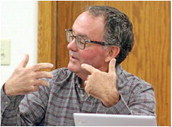Staying on track


Medford board keeps mask threshold, sets when masks come off
NEWS EDITOR
Masks will continue to fill a role in combating the s...


Medford board keeps mask threshold, sets when masks come off
NEWS EDITOR
Masks will continue to fill a role in combating the s...